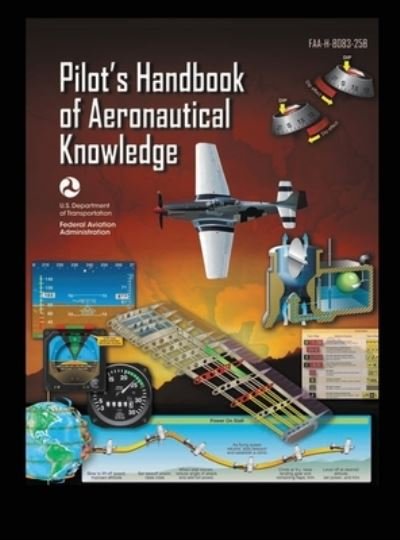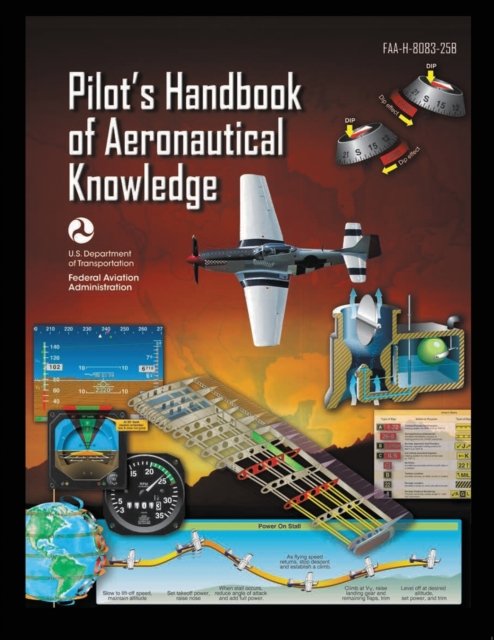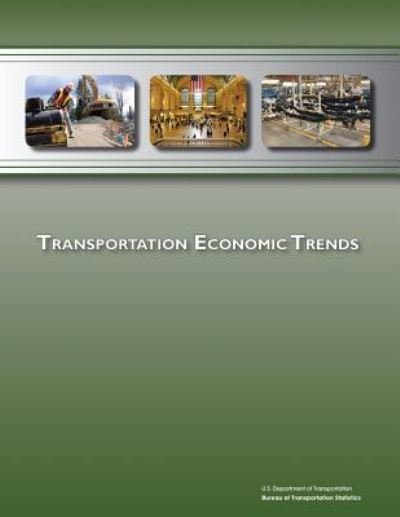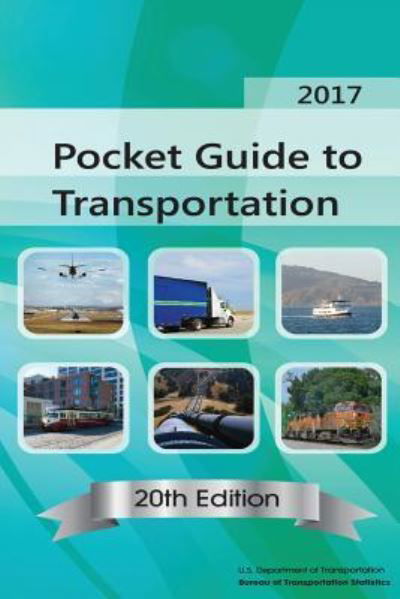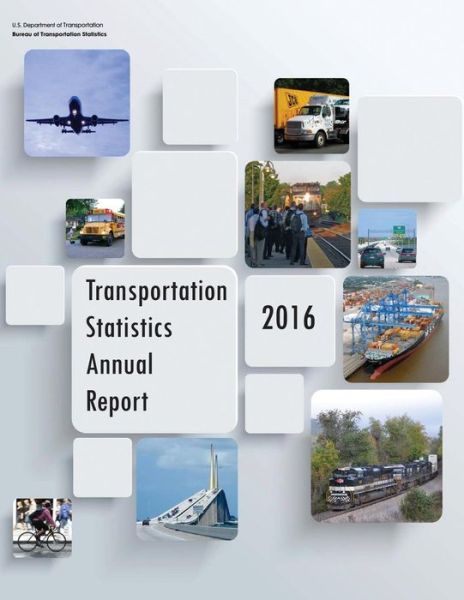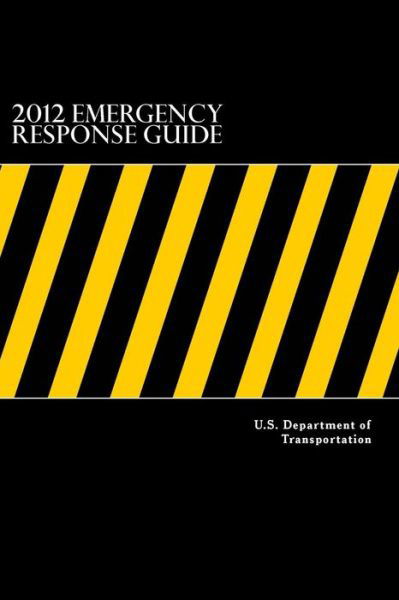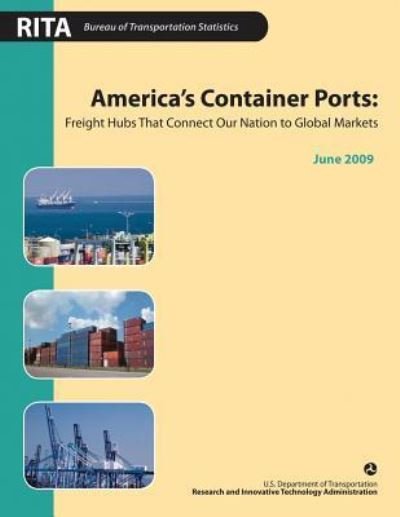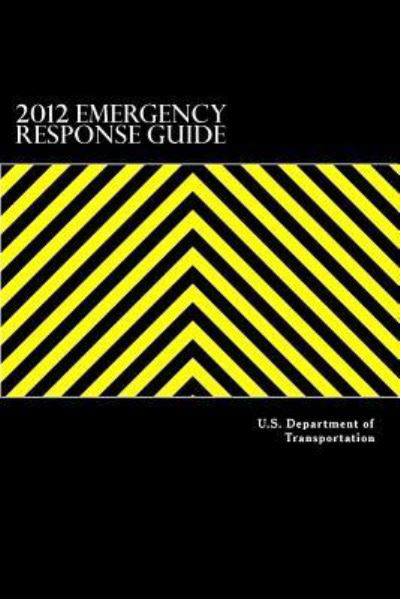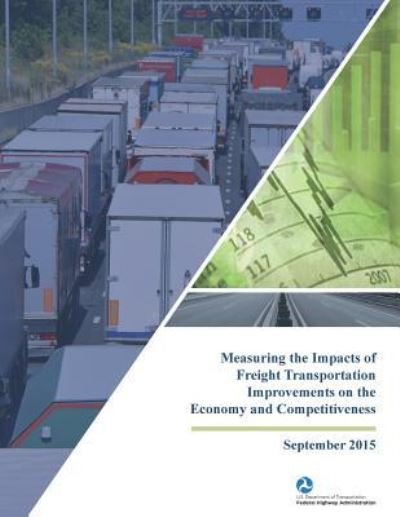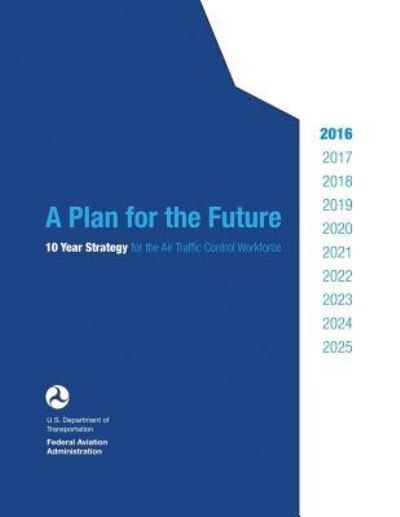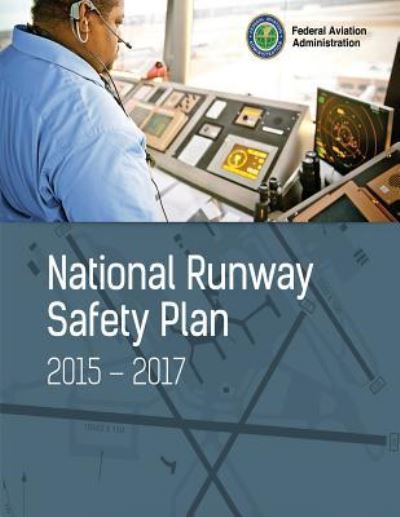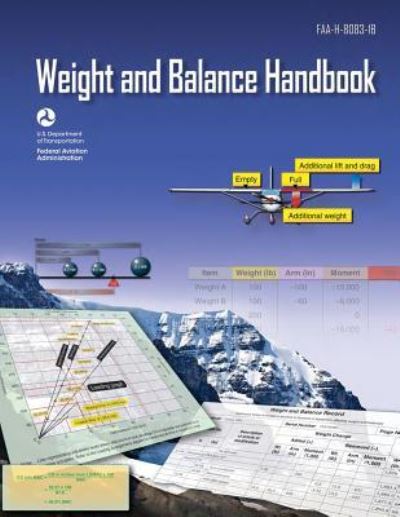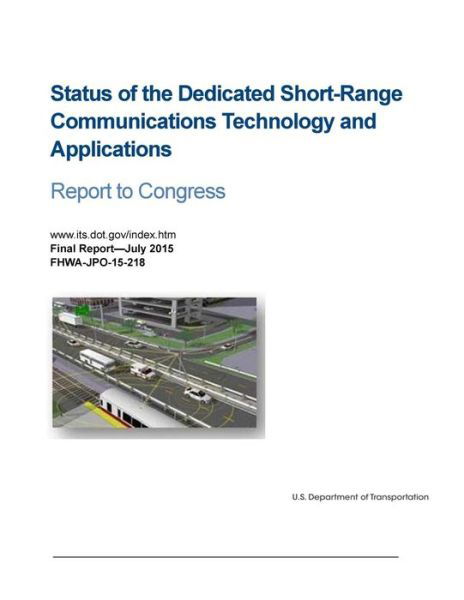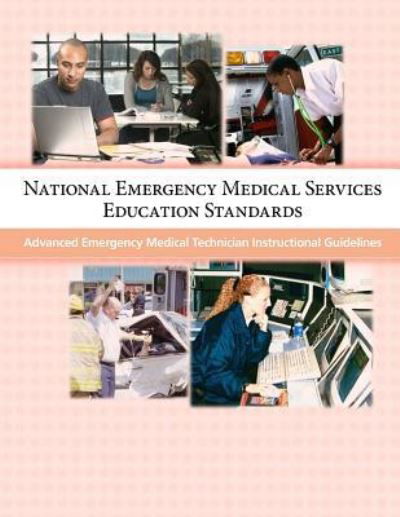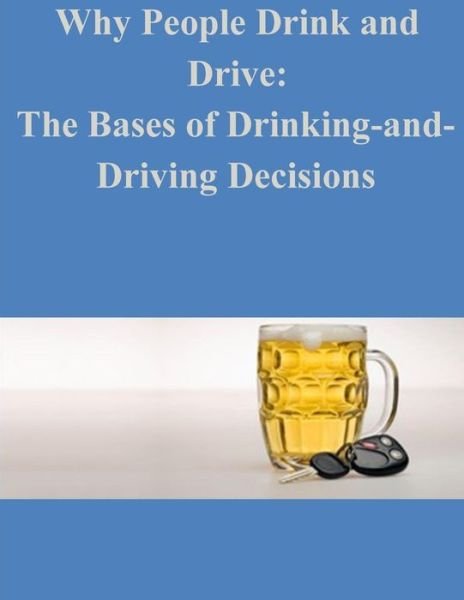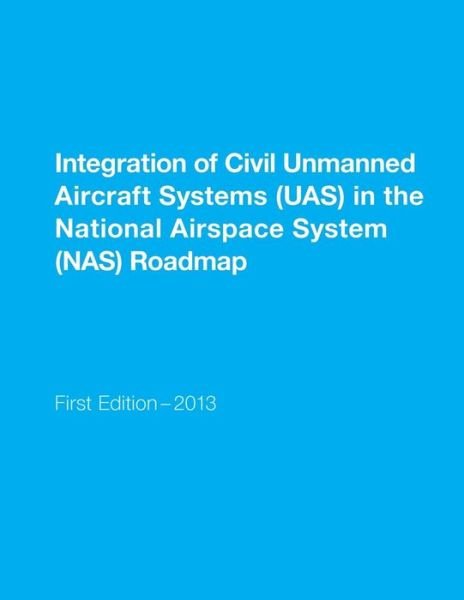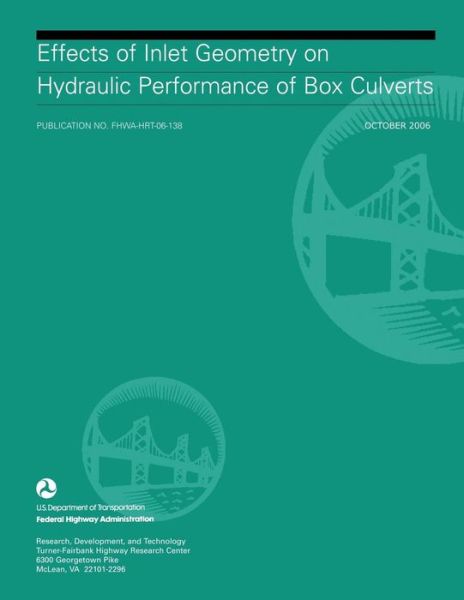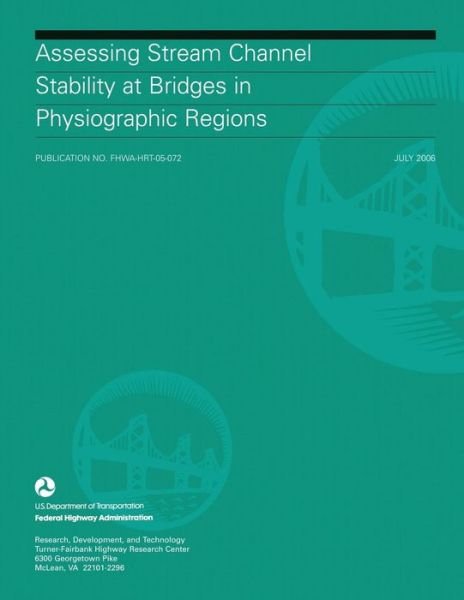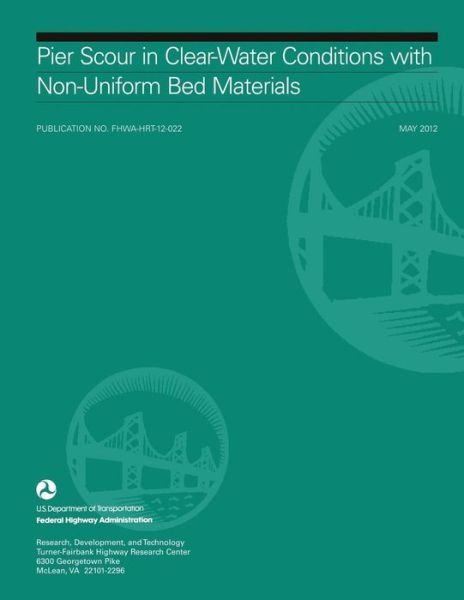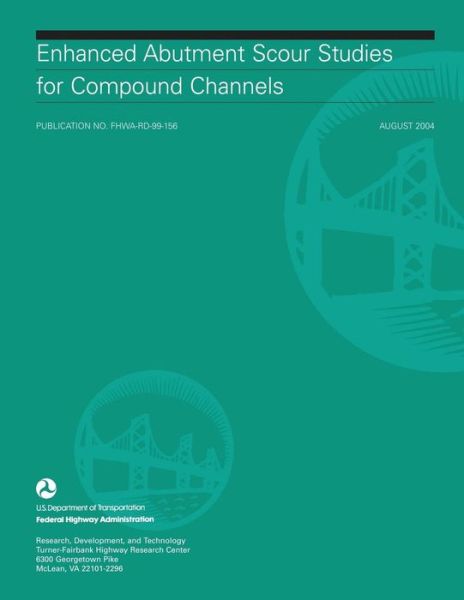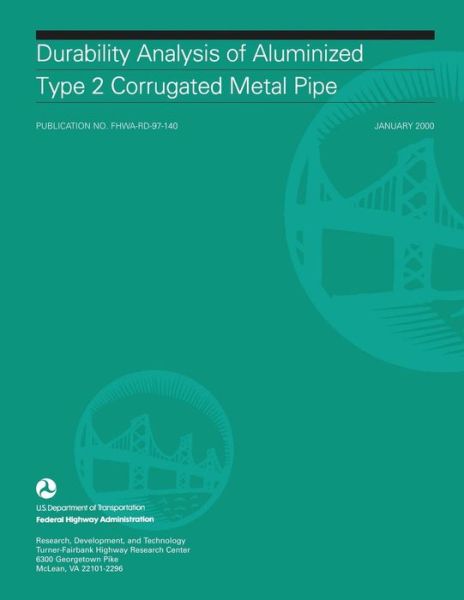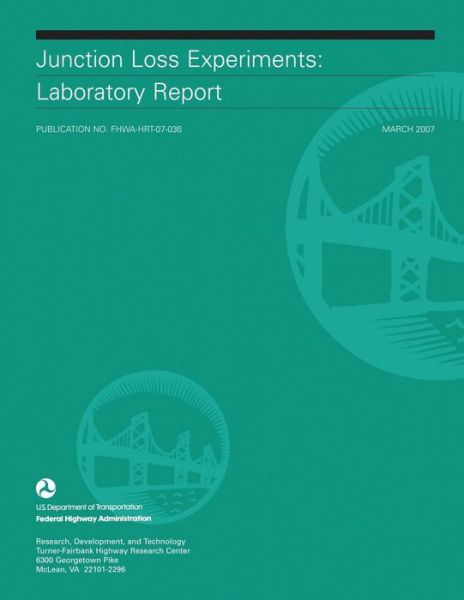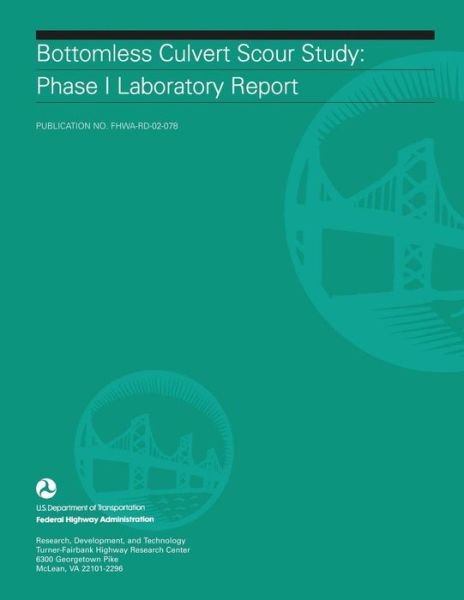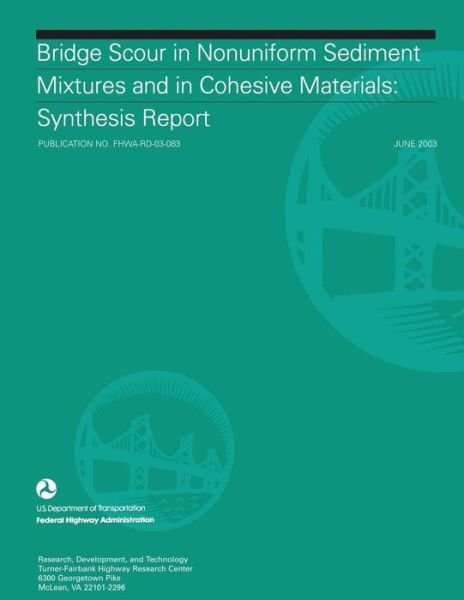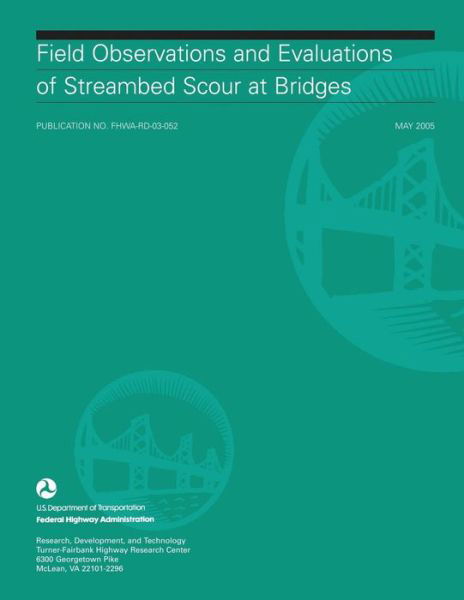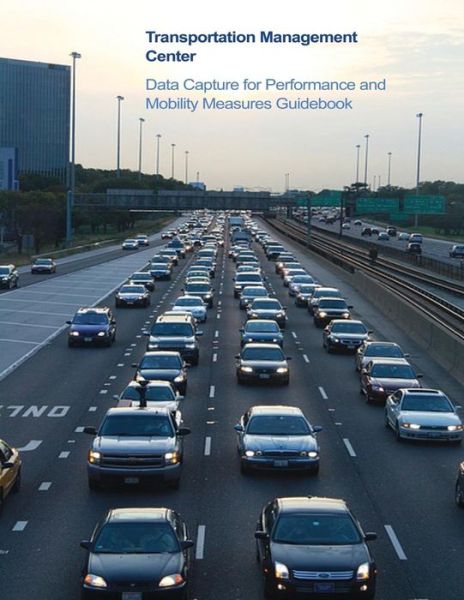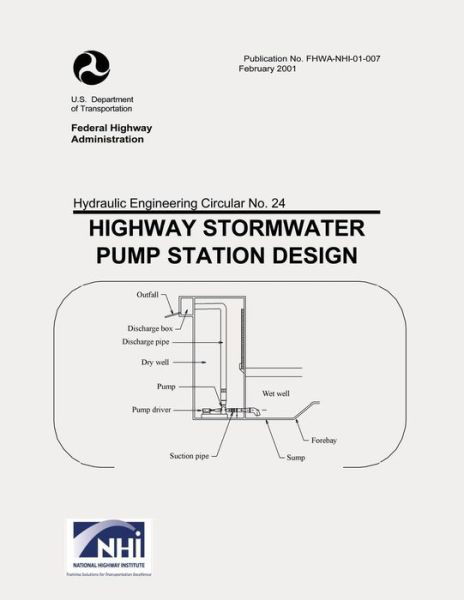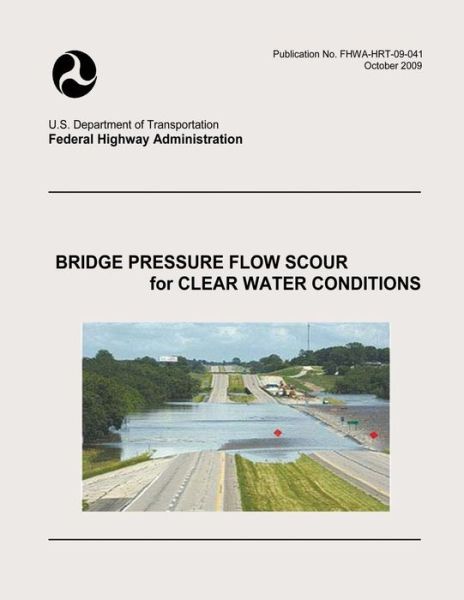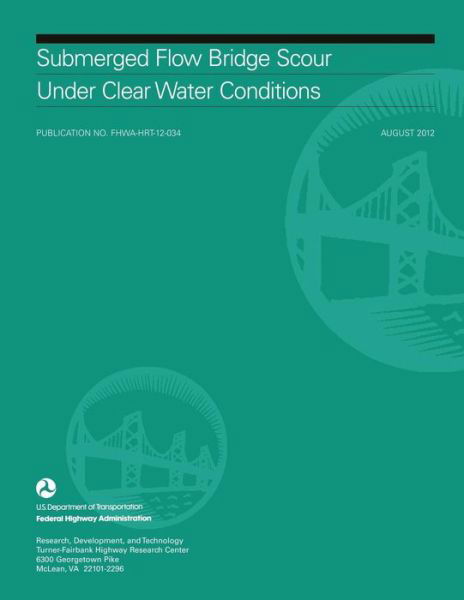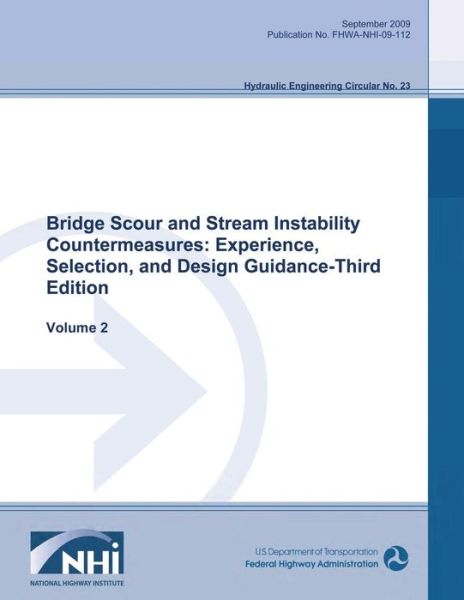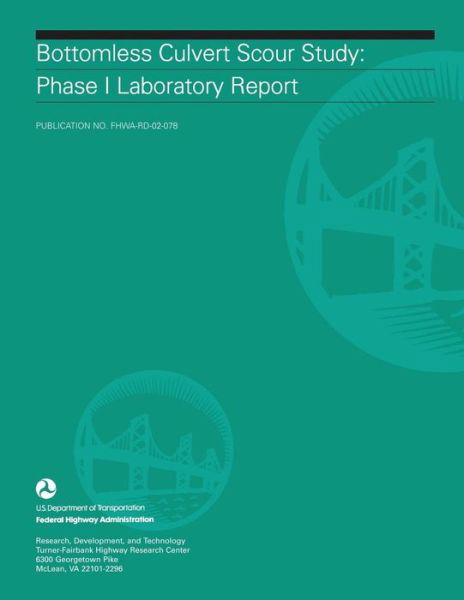
Tell your friends about this item:
Bottomless Culvert Scour Study: Phase I Laboratory Report U S Department of Transportation
Bottomless Culvert Scour Study: Phase I Laboratory Report
U S Department of Transportation
Publisher Marketing: Bottomless (or three-sided) culverts use the natural channel bed and are environmentally attractive alternatives to traditional closed culverts. Moreover, they are considered by many highway agencies to be economical alternatives for replacing short bridges. They are typically placed on spread footings, and the issue of scour and the depth of footing must be addressed. The scour problem is analogous to abutment and contraction scour in a bridge opening and can be treated in much the same manner. Since abutment scour estimates at bridge openings are often quite large, a scour protection task was included to determine the sizes of rock riprap that might be required to reduce scour in the most critical zones. A major consideration in estimating scour and riprap sizes is the flow distribution at the entrance of the culvert, especially when there is side flow that is being contracted to pass through the opening. Although the analysis was aimed at simple one-dimensional (1D) approximations for this flow distribution, some 2D numerical simulations of the laboratory experiments were conducted to demonstrate how this could be used if they are available to a designer. As numerical models become user-friendly and computers become more powerful, 2D and even 3D numerical results are likely to become readily available to designers.
| Media | Books Paperback Book (Book with soft cover and glued back) |
| Released | March 12, 2015 |
| ISBN13 | 9781508836513 |
| Publishers | Createspace |
| Pages | 74 |
| Dimensions | 216 × 280 × 4 mm · 195 g |
More by U S Department of Transportation
See all of U S Department of Transportation ( e.g. Paperback Book , Book and Hardcover Book )

 Christmas presents can be returned until 31 January
Christmas presents can be returned until 31 January



